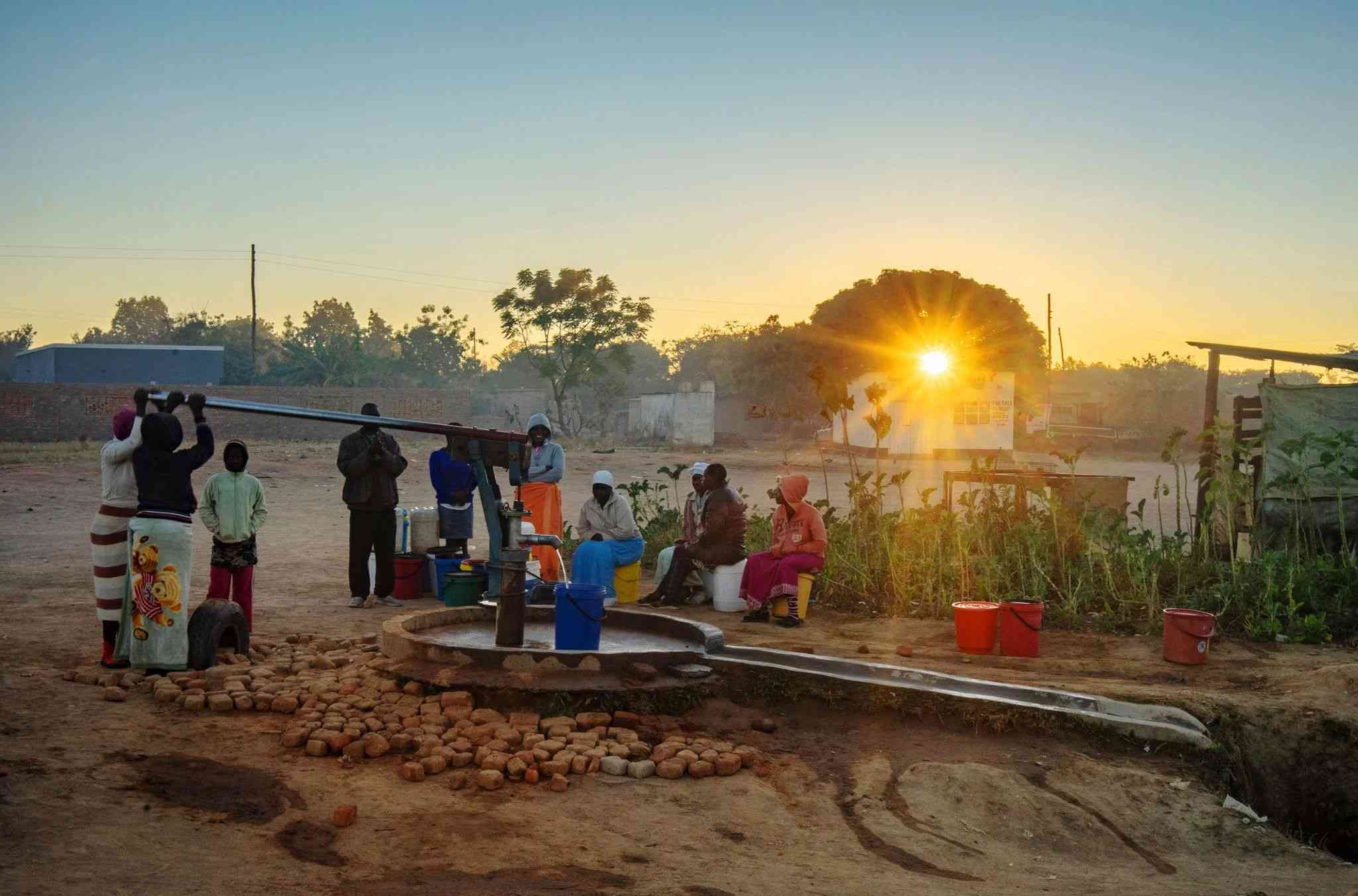
THE World Food Programme (WFP) says it requires US$409 million to scale up its initial response to provide general food assistance to over 4,5 million people in Malawi, Zambia and Zimbabwe until March 2025.
The southern region is currently battling an EI Nino-induced drought. Lesotho, Malawi, Namibia, Zambia and Zimbabwe have declared national drought disasters.
President Emmerson Mnangagwa has since requested over US$3 billion from well-wishers in a bid to marshal resources and avert starvation.
“WFP currently requires US$409 million to scale up its initial response to provide general food assistance to over 4,5 million people in Malawi, Zambia and Zimbabwe between now and March 2025, with plans to scale up in other El Niño affected countries in the region,” WFP said in its latest report.
“WFP’s activities are being closely co-ordinated with national responses to avoid duplication and ensure maximum coverage of areas in need of US$5,5 billion Regional Humanitarian Appeal from the Southern African Development Community,” the report said.
WFP also said it was engaging in coordinated collaboration with governments, Sadc and other humanitarian and development partners, including International financial institutions to immediately scale up the response that is urgently required to avert loss of lives on a large scale and restore livelihoods.
“While the current El Niño cycle has come to an end, the consequences will be felt for months to come, with the hunger crisis likely to worsen and persist until the next harvest season (April/May 2025). In addition, there is a 70% chance of La Niña developing by August to October 2024, with a heightened risk of flooding in countries impacted by El Niño.”
WFP added that the crisis triggered by El Niño is expected to lead to a significant regional food deficit, with an estimated 5 million tonnes of imported maize necessary to meet regional demand.
- Govt to distribute grain as hunger stalks millions
- Zim’s urbanites facing high prices
- 3,8m villagers face hunger
- Food crisis looms in Sadc
Keep Reading
“Southern Africa maize prices have been atypically high in recent months with maize market prices across Zambia, Malawi, Mozambique, Madagascar, South Africa and Zimbabwe in May 2024 being at least 10% above their respective May 2023 levels.”
WFP said the southern Africa region had high rates of chronic malnutrition and micronutrient deficiency, a factor associated with poor quality diet and poor public health conditions.
Meanwhile, the United States Agency for International Development (USAid) has said 500 000 people are set to receive humanitarian support during the lean session.
“Through this support from USAid, humanitarian partners will provide over 500 000 people with food assistance during the upcoming lean season; distribute agricultural supplies and livestock to households whose livelihoods have been affected by the drought; and improve access to water for agriculture and consumption,” USAid said in a statement.







